Swoyambhu Mahachaitya
A sacred journey through time
The spectacular Svayambhu Mahachaitya, a sacred journey through time Mahachaitya sits atop a hill in western Kathmandu, commanding attention from all angles.
This ancient Buddhist stupa has been a spiritual beacon in Nepal’s capital for over 1,500 years. Known locally as the “Monkey Temple” due to the hundreds of monkeys inhabiting the complex, the stupa rises 365 steps above the valley floor.
The name “Svayambhu” translates to “self-created” or “self-manifested,” reflecting the belief that the stupa emerged spontaneously from a lotus flower when the ancient Kathmandu Valley was a lake. Today, this sacred site represents one of the oldest religious complexes in Nepal, drawing both Buddhist and Hindu devotees.
Historical significance and legends
According to Buddhist traditions, the Kathmandu Valley was once a vast lake. The legend tells of the Bodhisattva Manjushri who cut a gorge at Chobar, draining the lake to make the valley habitable. At the lake’s centre, a lotus emerged, transforming into the magnificent Svayambhu stupa.
The distinctive white dome of Svayambhu rises above intricate carvings and golden spires. The stupa’s architecture embodies Buddhist symbolism, with each element representing different aspects of enlightenment. Prayer wheels line the base, while the watchful eyes of Buddha gaze in four directions from the harmika above.
Religious importance
The Svayambhu complex holds profound significance for both Buddhist and Hindu practitioners.
Multiple monasteries surround the main stupa, creating a centre of religious learning and meditation. The spiritual atmosphere comes alive with the sound of monks chanting and the gentle spin of prayer wheels. Within the complex, Tibetan Buddhist practitioners perform daily rituals including butter lamp offerings and prostrations. The site represents all three main forms of Buddhism – Theravada, Mahayana, and Vajrayana.
Five Dhyani Buddhas guard the cardinal points of the stupa, each representing different aspects of enlightened wisdom. Hindu devotees worship Svayambhu as a manifestation of the self-born flame (Swayambhu Jyotirup), and many visit the shrines dedicated to Harati Mata and other Hindu deities within the complex.
Regular ceremonies mark important dates in both Buddhist and Hindu calendars, including Buddha Jayanti, Gunla, and Losar. The monasteries also serve as important centres for the preservation of Buddhist texts and the teaching of traditional thangka painting.
Conservation and UNESCO recognition
The site received UNESCO World Heritage status in 1979, acknowledging its exceptional cultural value. Recent conservation efforts have focused on preserving the ancient architecture while maintaining its active religious role. The 2015 earthquake caused significant damage, but careful restoration work has helped maintain this important piece of Nepal’s heritage.
Practical information
The stupa complex opens daily from dawn until dusk. Morning hours bring local devotees performing their daily rituals, while afternoons offer clearer views across Kathmandu. During Buddhist festivals, the site transforms with additional prayer flags and ceremonial offerings.
The stupa lies 3 kilometres west of Kathmandu’s city centre.
Access involves climbing stone steps, though a road reaches the rear entrance. The complex maintains traditional customs, requiring clockwise movement around sacred structures and modest dress codes.

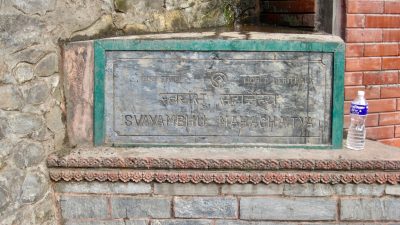
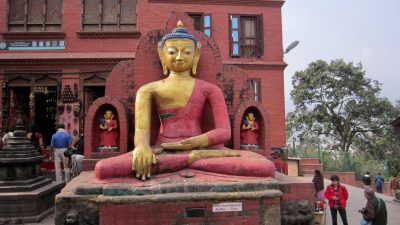

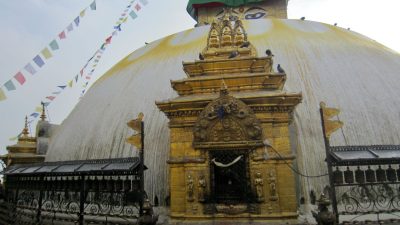
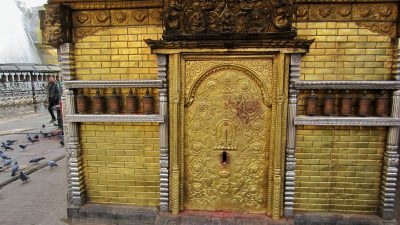
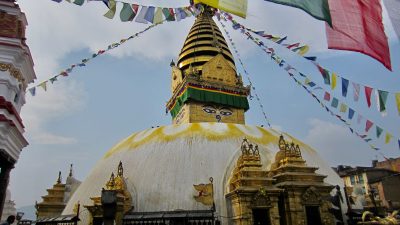
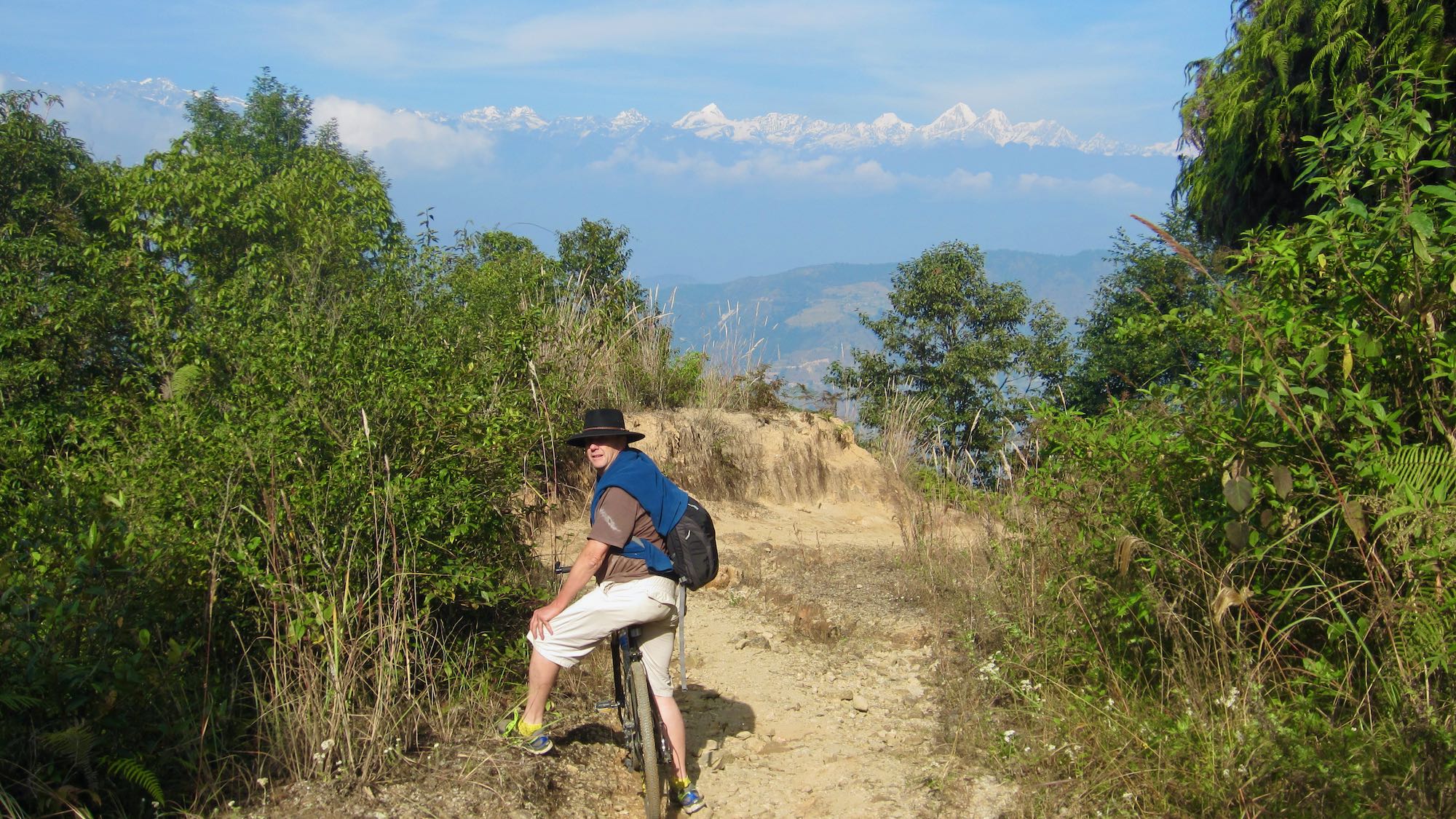
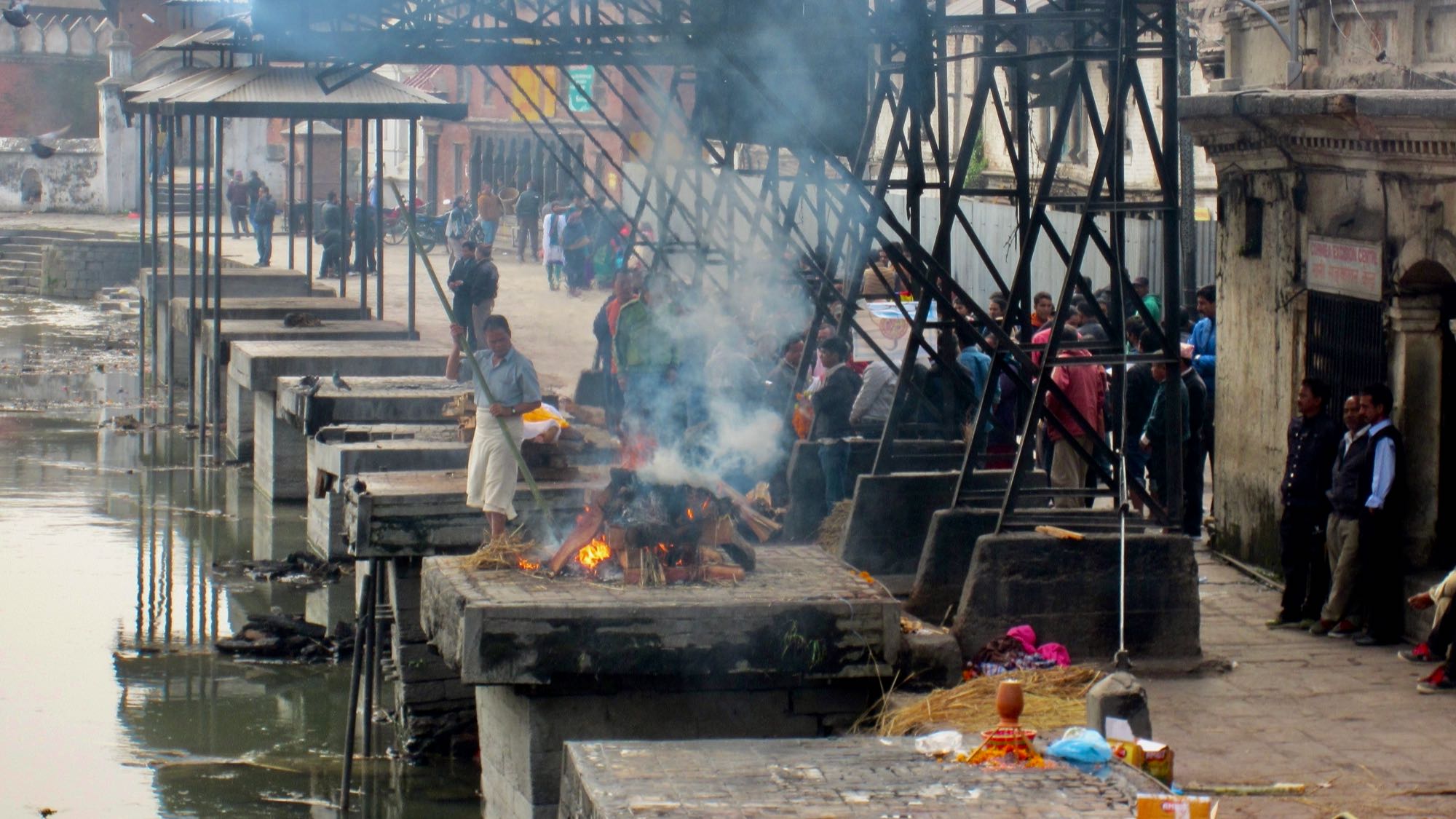
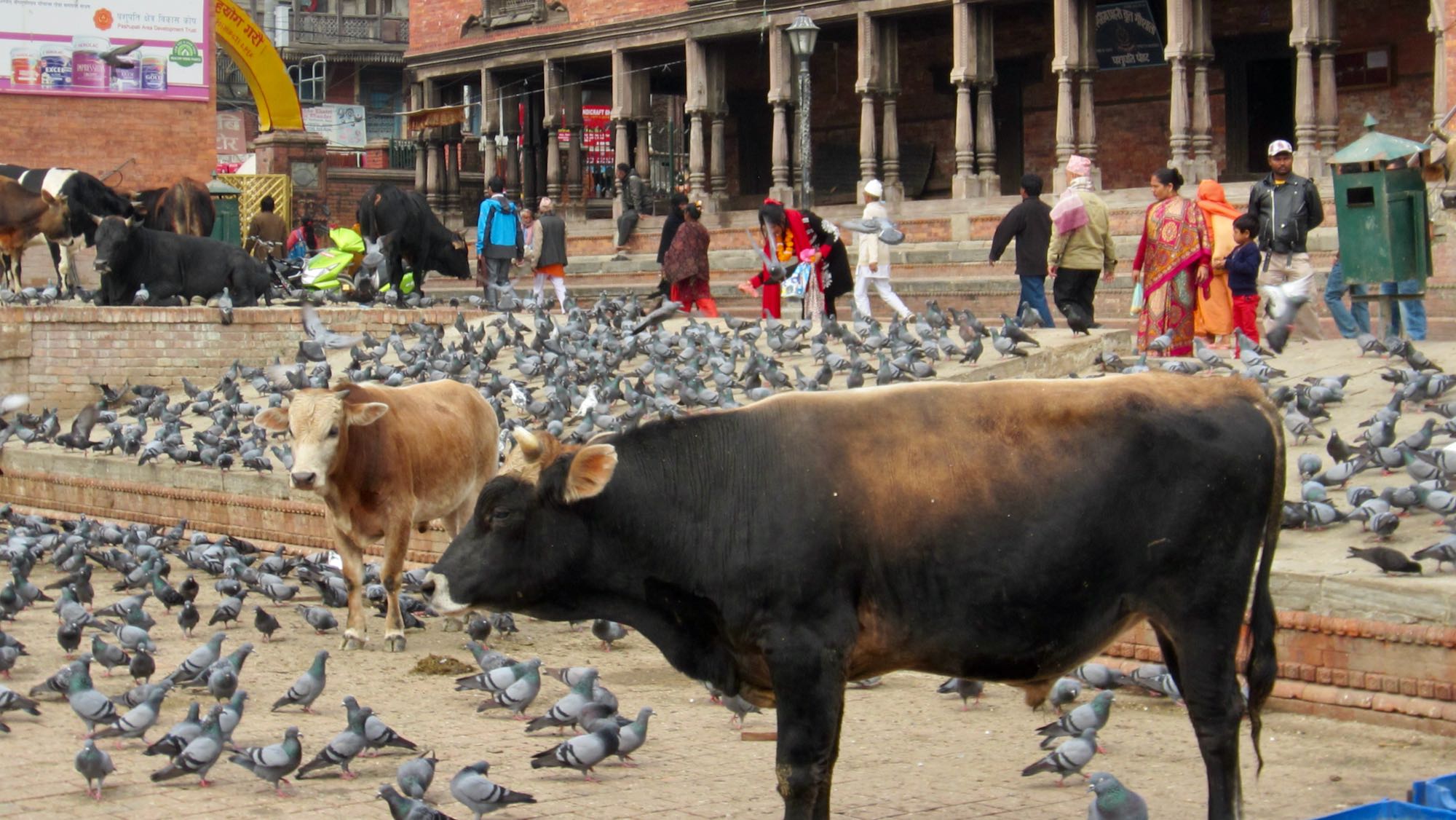

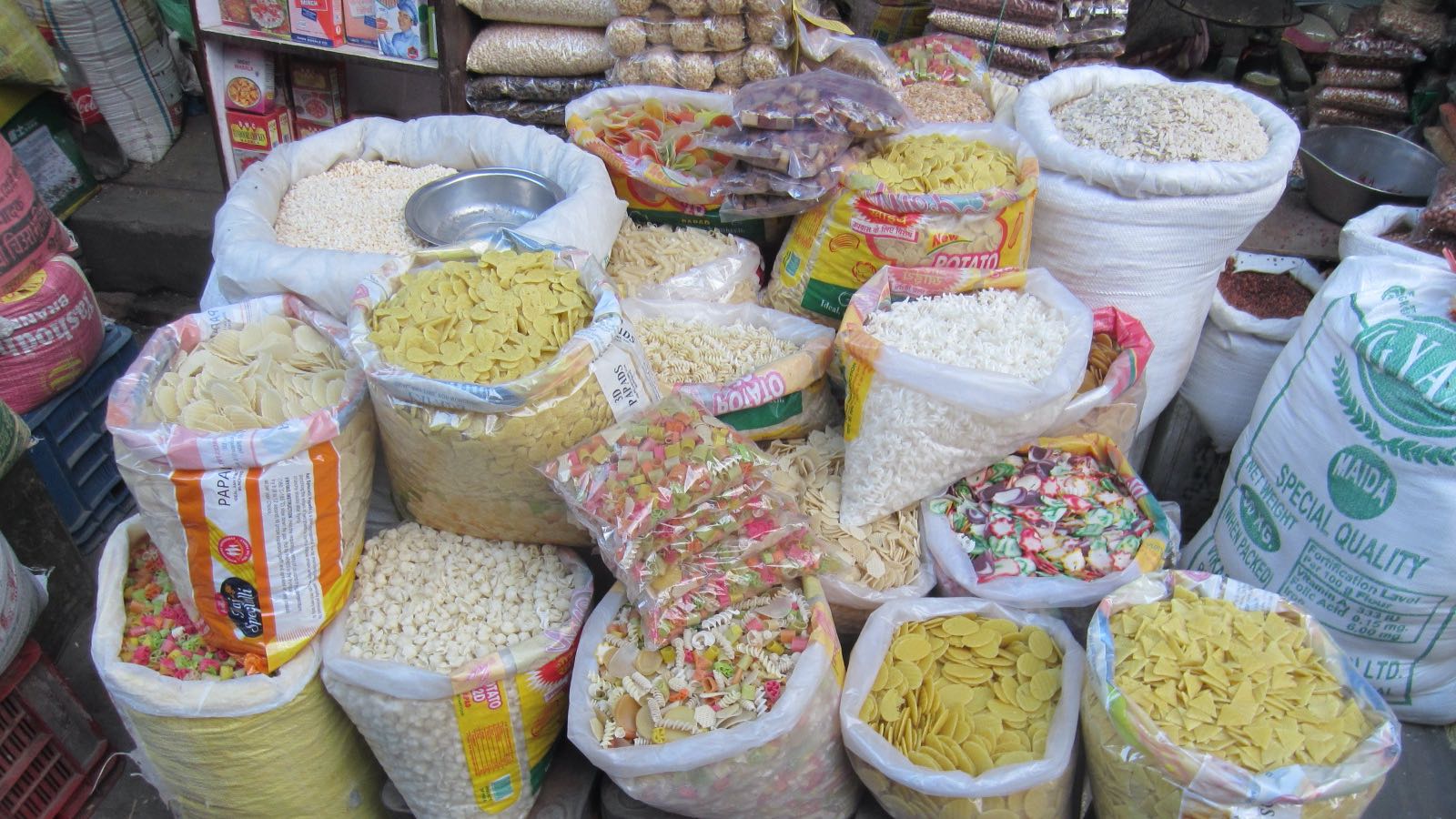
Leave A Comment